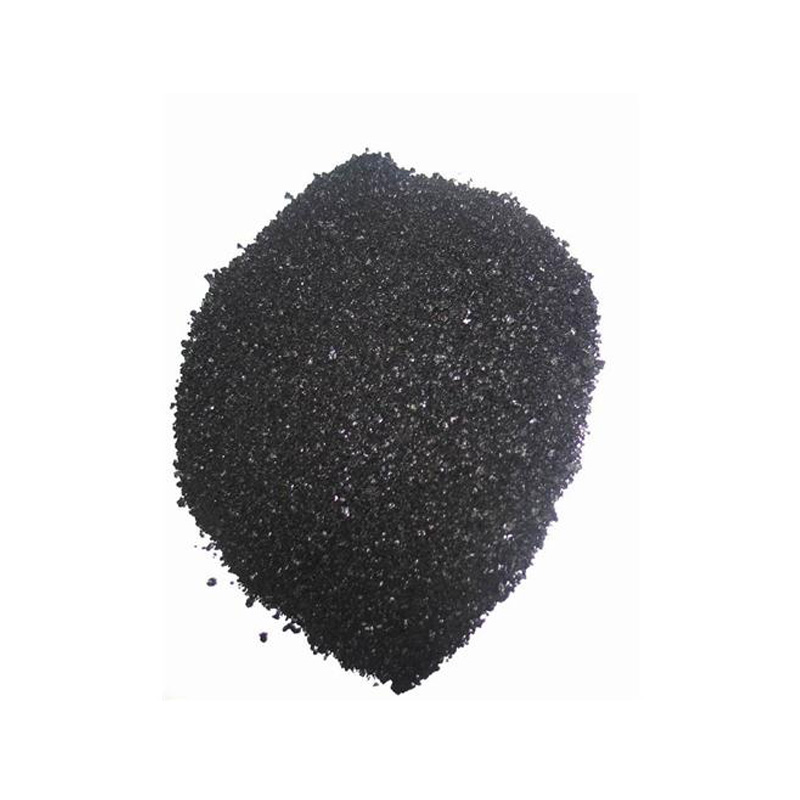japan indigo
The Allure of Japan's Indigo A Journey Through Tradition and Artistry
Japan, a country renowned for its rich tapestry of culture, history, and artistry, possesses a unique gem that shines brightly within its traditional crafts indigo. This deep blue dye, known as aizome in Japanese, holds a significant place not only in Japanese textiles but also in the broader context of the nation’s aesthetic philosophy and connection to nature. The story of Japanese indigo is one of heritage, skill, and the enduring beauty of artisanal practices.
Historical Roots of Indigo in Japan
The history of indigo in Japan can be traced back to the Yayoi period (300 BCE to 300 CE), when the dye was first introduced to the islands. However, it truly flourished during the Edo period (1603-1868), when it became a staple of the Japanese economy. The cultivation of indigo plants and the production of the dye developed into a significant industry, particularly in regions like Tokushima, Aichi, and Okayama. Skilled artisans honed their techniques, passing down knowledge through generations, and elevating aizome into a revered craft.
Indigo dyeing in Japan is not just a process; it is a deeply spiritual practice. The vibrant, natural hues are derived from the leaves of the indigo plant, particularly *Persicaria tinctoria*. Artisans often engage in labor-intensive methods, involving fermentation and meticulous layering, to achieve the distinct deep blue shades. Each piece dyed with indigo carries a story, echoing the hands that crafted it and the land from which it originated.
The Cultural Significance of Aizome
Indigo is deeply woven into the fabric of Japanese society, symbolizing peace, purity, and protection. Historically, it was believed to ward off evil spirits and pests, making it a popular choice for clothing, especially for farmers and fishermen. The durability of indigo-dyed fabrics also speaks to the resourcefulness of the Japanese people, as the colors tend to improve with age, developing a patina that adds to their charm.
Today, aizome continues to be embraced in modern Japanese culture. From traditional garments like yukatas to contemporary fashion, indigo has a timeless appeal. Artists and designers are increasingly integrating indigo into their work, marrying traditional techniques with modern aesthetics. This melding of the old and the new not only preserves the art of aizome but also rejuvenates interest among younger generations.
japan indigo

The Craftsmanship Behind Aizome
The process of dyeing with indigo is a labor-intensive endeavor that demands patience and expertise. The indigo leaves are fermented in a vat, creating a rich, frothy liquid known as sukumo. The dyeing process typically involves multiple immersions, where fabric is dipped into the indigo vat, oxidized, and dried, allowing for the gradual buildup of color. It often requires as many as 15 to 20 dips to achieve the desired hue.
Moreover, Japanese artisans employ various techniques to create intricate designs. Among the most celebrated methods is shibori, a form of resist dyeing where fabrics are bound, stitched, or knotted to create unique patterns. This practice embodies a philosophy of imperfection and individuality, resonating with the broader principles of Wabi-sabi, which cherishes the beauty of transience and natural forms.
The Renaissance of Indigo
In recent years, there has been a resurgence of interest in traditional crafts, including indigo dyeing. With growing awareness of sustainability and the importance of preserving cultural heritage, both artisans and consumers are drawn to the unique qualities of indigo. Many workshops and festivals are dedicated to showcasing this exquisite craft, inviting people to experience the process firsthand, thereby fostering a deeper appreciation for the skill and artistry involved.
Furthermore, the global fashion industry is also turning to natural dyes and sustainable practices. The rich history and environmentally friendly attributes of indigo make it an attractive alternative to synthetic dyes. Designers are increasingly sourced from artisans in Japan, helping to keep these traditional techniques alive while offering exclusive, handcrafted pieces to consumers worldwide.
Conclusion
Japan’s indigo is more than just a color; it is a celebration of heritage, artistry, and the deep connection between the people and their environment. As the world continues to evolve, the timeless beauty of aizome stands as a testament to the enduring power of tradition and the significance of craftsmanship. In an era where mass production often overshadows individuality, the story of indigo serves as a reminder of the value of artisanal skill and cultural significance—one indigo-dyed fabric at a time.
-
The Timeless Art of Denim Indigo Dye
NewsJul.01,2025
-
The Rise of Sulfur Dyed Denim
NewsJul.01,2025
-
The Rich Revival of the Best Indigo Dye
NewsJul.01,2025
-
The Enduring Strength of Sulphur Black
NewsJul.01,2025
-
The Ancient Art of Chinese Indigo Dye
NewsJul.01,2025
-
Industry Power of Indigo
NewsJul.01,2025
-
Black Sulfur is Leading the Next Wave
NewsJul.01,2025

Sulphur Black
1.Name: sulphur black; Sulfur Black; Sulphur Black 1;
2.Structure formula:
3.Molecule formula: C6H4N2O5
4.CAS No.: 1326-82-5
5.HS code: 32041911
6.Product specification:Appearance:black phosphorus flakes; black liquid

Bromo Indigo; Vat Bromo-Indigo; C.I.Vat Blue 5
1.Name: Bromo indigo; Vat bromo-indigo; C.I.Vat blue 5;
2.Structure formula:
3.Molecule formula: C16H6Br4N2O2
4.CAS No.: 2475-31-2
5.HS code: 3204151000 6.Major usage and instruction: Be mainly used to dye cotton fabrics.

Indigo Blue Vat Blue
1.Name: indigo blue,vat blue 1,
2.Structure formula:
3.Molecule formula: C16H10N2O2
4.. CAS No.: 482-89-3
5.Molecule weight: 262.62
6.HS code: 3204151000
7.Major usage and instruction: Be mainly used to dye cotton fabrics.

